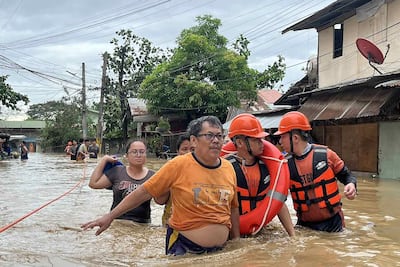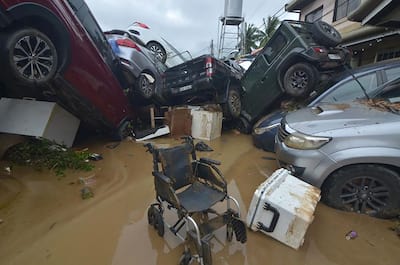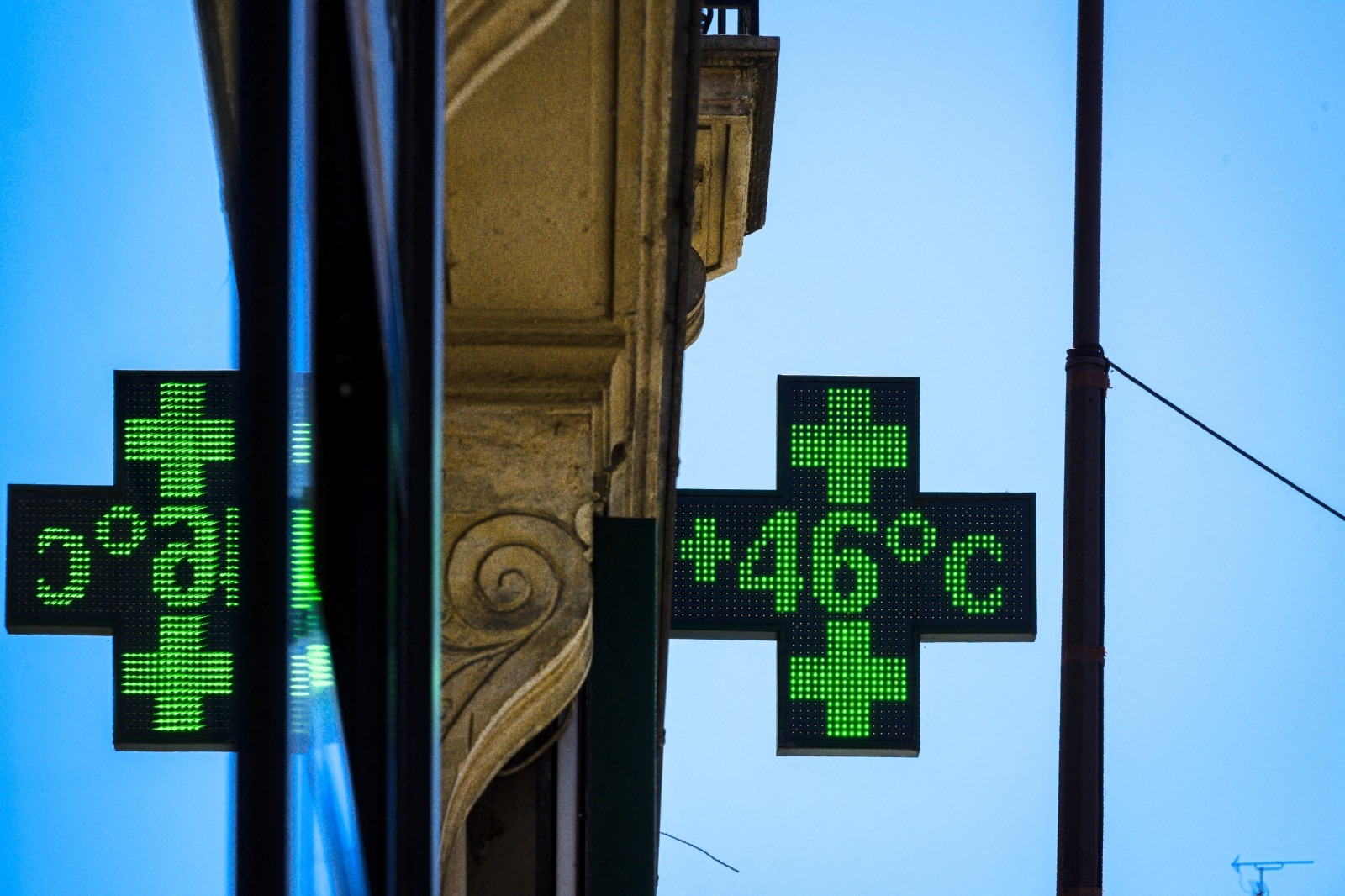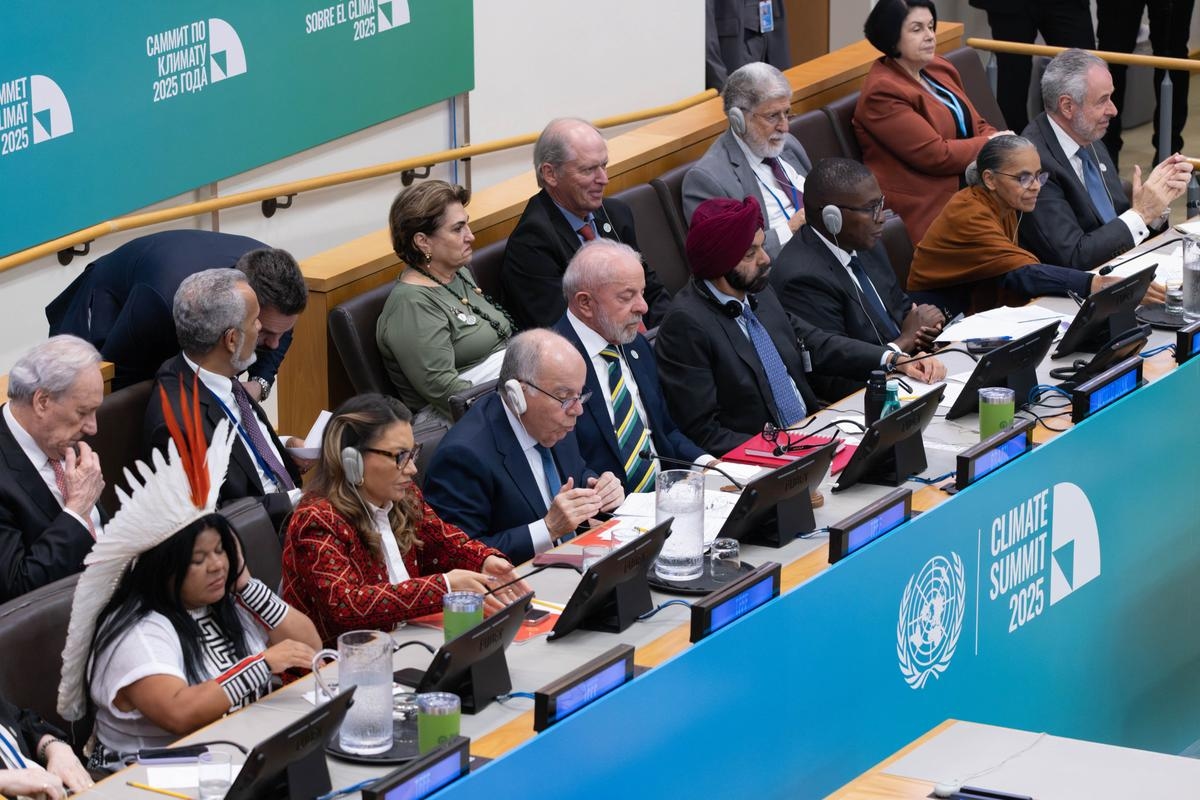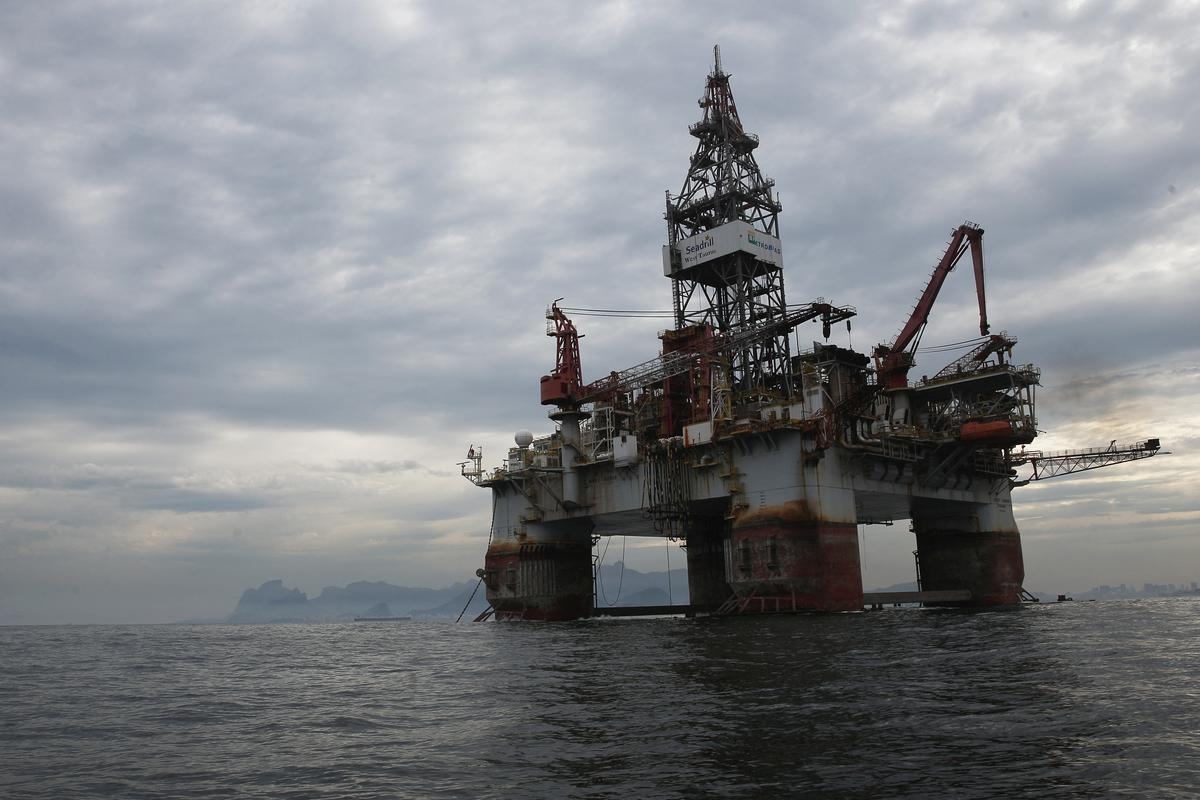Powerful Typhoon Kalmaegi floods central Philippines, 2 dead

At least 26 people have been killed and nearly 400,000 displaced in the Philippines hit by the powerful typhoon "Kalmaegi" which on Tuesday caused severe flooding in a large part of the central part of the country.
• Also read: More than 150,000 people evacuated in the Philippines as a typhoon approaches
• Also read: Hurricane Melissa, the most powerful to make landfall in 90 years
Entire towns on the island of Cebu (central China) are submerged, with residents trying to find refuge on rooftops to escape the muddy waters that are carrying away cars, trucks and even huge shipping containers, as shown in videos verified by AFP.
In Cebu alone, 21 people have died, Rafaelito Alejandro, deputy administrator of civil defense, told AFP by telephone. The provisional death toll is 26, "most of them by drowning," he said.
Provincial Governor Pamela Baricuatro described the situation as "truly unprecedented" in a Facebook post: "The floods are simply devastating."
In the 24 hours before the arrival of "Kalmaegi", the region of the provincial capital Cebu City had already received 183 millimeters of rain, well above the monthly average of 131 millimeters, meteorologist Charmagne Varilla told AFP.
On the island of Midanao, which was also affected, a military helicopter deployed as part of a "support for rescue operations" mission crashed on Tuesday, the army announced, without reporting any possible survivors at this stage.
Deaths were recorded in other provinces of the country, including that of an elderly person who drowned on the upper floor of his house in Leyte province (central) and that of a man struck by a falling tree in Bohol (central).
"Uncontrollable"
"The water rose so fast (...). By 4 a.m., the situation was already out of control, people could no longer leave (their homes)," testifies Don del Rosario, 28, a resident of Ceby City.
Like many other residents, he sought refuge on the upper floors of his home as the storm raged. "I've lived here all my life and this is by far the worst disaster we've ever experienced," he asserts.
According to scientists, climate change caused by human activity makes extreme weather events more frequent, more deadly, and more destructive.
Hundreds of people who had been living inside tents in camps set up after the magnitude 6.9 earthquake that struck the island in late September were also "forcibly evacuated for their own safety," Rhon Ramos, the information officer in Cebu, told AFP by telephone.
In total, nearly 400,000 people were preventively evacuated from the typhoon's path, Rafaelito Alejandro, deputy administrator of the Civil Defense Office, said at a press conference on Tuesday.
At 2 p.m. (6 a.m. GMT), the typhoon was moving west across the Visayas archipelago, with winds blowing at 130 km/h and gusts reaching 180 km/h, uprooting trees and power lines.
More storms expected
"Kalmaegi" entered the eastern part of the archipelago on Monday shortly before midnight (15:00 GMT), making landfall in Dinagat Islands province, in the Visayas archipelago, according to the national weather service.
Each year, around twenty storms or typhoons hit or approach the Philippines, with the poorest regions of the country generally being the hardest hit.
After "Kalmaegi", Charmagne Varilla expects "three to five" more storms to hit the Asian country by the end of the year.
Shortly before midnight, in Dinagat, battered by "heavy rain and strong winds," 34-year-old Miriam Vargas stood in the dark with her two children, the storm having cut off the electricity. "We are praying while trying to assess the strength of the typhoon," she told AFP on Monday evening.
The Philippines were hit in September by Typhoon "Ragasa" and Tropical Storm "Bualoi", both of which were deadly.
LE Journal de Montreal

